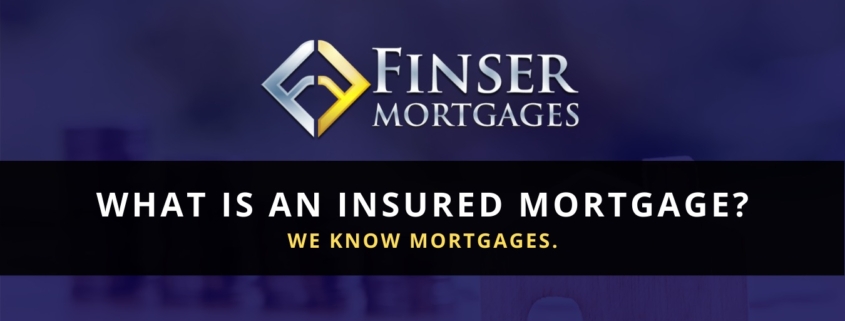INSURED MORTGAGE SIMPLIFIED.
An Insured Mortgage covered by Mortgage Default Insurance is called an Insured Mortgage.
Lenders apply for Default insurance, this default insurance covers the lender (not the borrower) against any losses related to borrower default and foreclosure. Currently, there are three insurers in Canada; CMHC, Canada Guaranty and Genworth.
Each of these insurers offers two types of insurance coverage.
Transactional Insurance, referred to as a High Ratio Mortgage: The one-time premium is added to the requested mortgages with Loan to Values greater than 80% (sometimes added to lower LTV’s in unique situations). This insurance premium is added to the mortgage balance at the time their mortgage is advanced. Lenders pays the insurers and the Borrowers are responsible for paying the insurance premium. The insurance premium is tiered and reduces, in case clients puts more down payment. You can see a full breakdown of the premiums here
Portfolio Insurance or Bulk Insurance: This insurance is applied to mortgages with Loan to Values less than 80%. Most often borrowers are not even aware that this coverage has been purchased as the premium is paid for by the lender or bank. Mortgage Lenders like First National, Manulife, Marathon and MCAP have used this type of coverage on all the mortgages they fund. Big Banks also use this insurance to a lesser extent. Mortgage Lenders buy this type of insurance in order to offer better mortgage rates.
Since default insurance is added to help protect the lender, insured mortgages are viewed as a more secure and therefore borrowers often receive lower rates.
Contact your Finser Mortgage Broker or Agent to help you find the right mortgage solution suitable to your needs.



